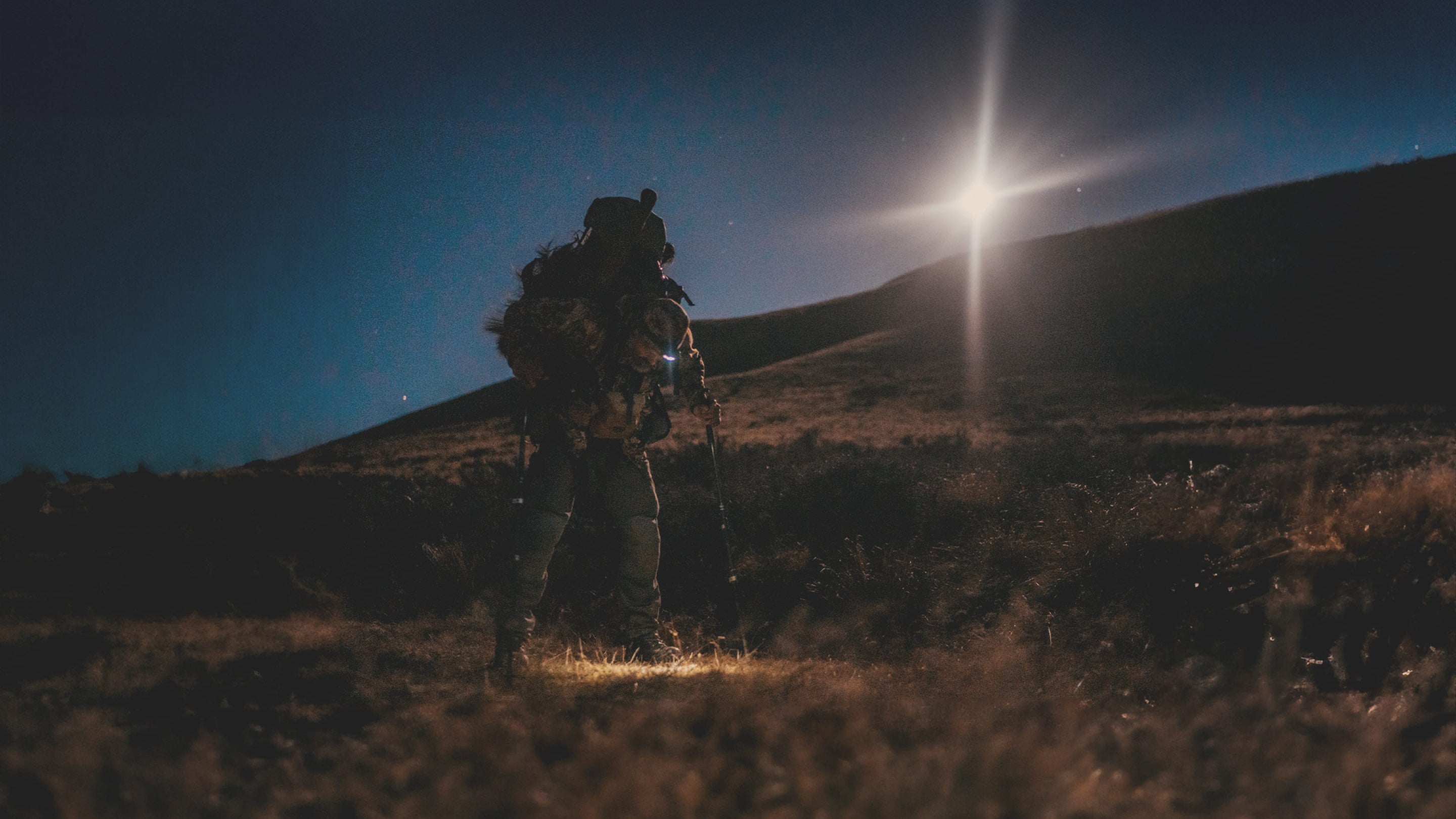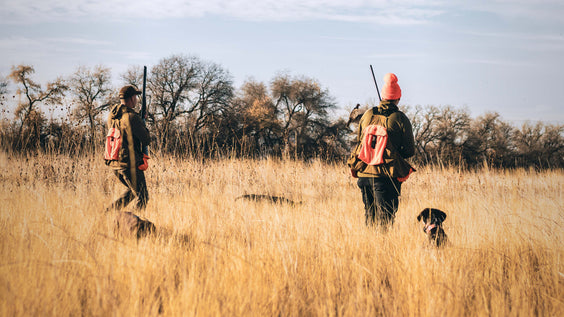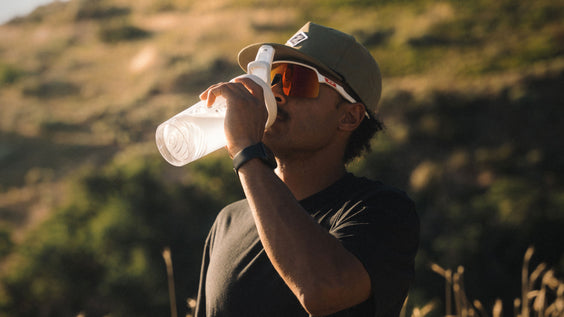

THE 5 KEYS TO HIGH ALTITUDE PERFORMANCE
Nov 18, 2024
By MTN OPS TEAM
When it comes to pushing limits and conquering high-altitude terrain, preparation and knowledge are key. High-altitude environments are demanding—they test your strength, endurance, and resilience in ways that sea-level training just can’t replicate. Whether you’re planning a backcountry hunt, scaling a mountain, or tackling a high-altitude trail run, optimizing your performance in thin air starts long before you set foot on the mountain.
- Acclimatization
One of the most critical factors in high-altitude performance is acclimatization. The higher you go, the less oxygen there is in the air. This decrease in oxygen can lead to altitude sickness, which ranges from mild headaches to severe, life-threatening conditions. To acclimatize effectively:
- Gradual Ascent: If possible, ascend slowly over several days, allowing your body time to adjust.
- Hydration: Staying hydrated helps maintain blood flow and oxygen delivery throughout your body.
- Rest: Give your body time to recover, especially after intense exertion.
- Training for Strength and Endurance
Muscles need more oxygen at higher altitudes. Preparing your body to function efficiently with less oxygen is crucial. Focus on these training principles:
- Cardiovascular Fitness: Incorporate aerobic training, such as running, biking, and rowing, to build a strong base.
- Interval Training: High-Intensity Interval Training (HIIT) improves your body’s ability to handle short bursts of intense exertion followed by recovery.
- Strength Training: Strong legs, core, and back muscles will support you during steep climbs and long treks.
- High-Altitude Simulation: Try training with a high-altitude training mask to help condition your respiratory system for elevated conditions where oxygen is thin.
- Fueling Your Adventure
Nutritional needs change at altitude. The body uses more energy as it works harder to get enough oxygen. Key points to remember:
- High-Calorie Intake: Aim for nutrient-dense foods that provide sustained energy.
- Electrolyte Balance: Ensure your diet includes sufficient electrolytes to aid muscle function and prevent cramps.
- Carbohydrates for Quick Energy: At altitude, your body prefers carbohydrates as its primary fuel source, so make sure you pack plenty of complex carbs.
- The Right Gear
What you wear and carry can make or break your high-altitude experience. Choose gear designed to provide warmth, flexibility, and breathability.
- Layering: Employ a layering system that includes moisture-wicking base layers, insulating mid-layers, and waterproof outer layers.
- Footwear: High-quality, broken-in boots that provide ankle support are a must.
- Accessories: Don’t skimp on essentials like gloves, hats, and sunglasses. The sun’s UV rays are more intense at higher altitudes.
- Mindset and Mental Resilience
Perhaps the most underrated component of high-altitude performance is mental strength. The physical discomfort and exhaustion can take a toll, but those who succeed are the ones who can push through when the going gets tough.
- Mental Preparation: Visualize your climb or trek in advance. Anticipate challenges and envision overcoming them.
- Positive Self-Talk: Replace thoughts of doubt with affirmations of capability and strength.
- Stay Present: Focus on one step, one breath at a time, rather than the daunting task ahead.
Final Thoughts
Performance at high altitudes isn’t just about physical training—it’s a comprehensive strategy involving acclimatization, targeted training, proper nutrition, gear, and mental resilience. Prepare well, and the mountains will reward you with unmatched views and a sense of accomplishment that’s worth every bead of sweat.
Whether you're out there to hunt, explore, or push your physical boundaries, the keys to high-altitude performance will keep you moving forward and coming back for more.
Gear up, train hard, and embrace the challenge—because the peak isn’t just a place, it’s a mindset.

















































